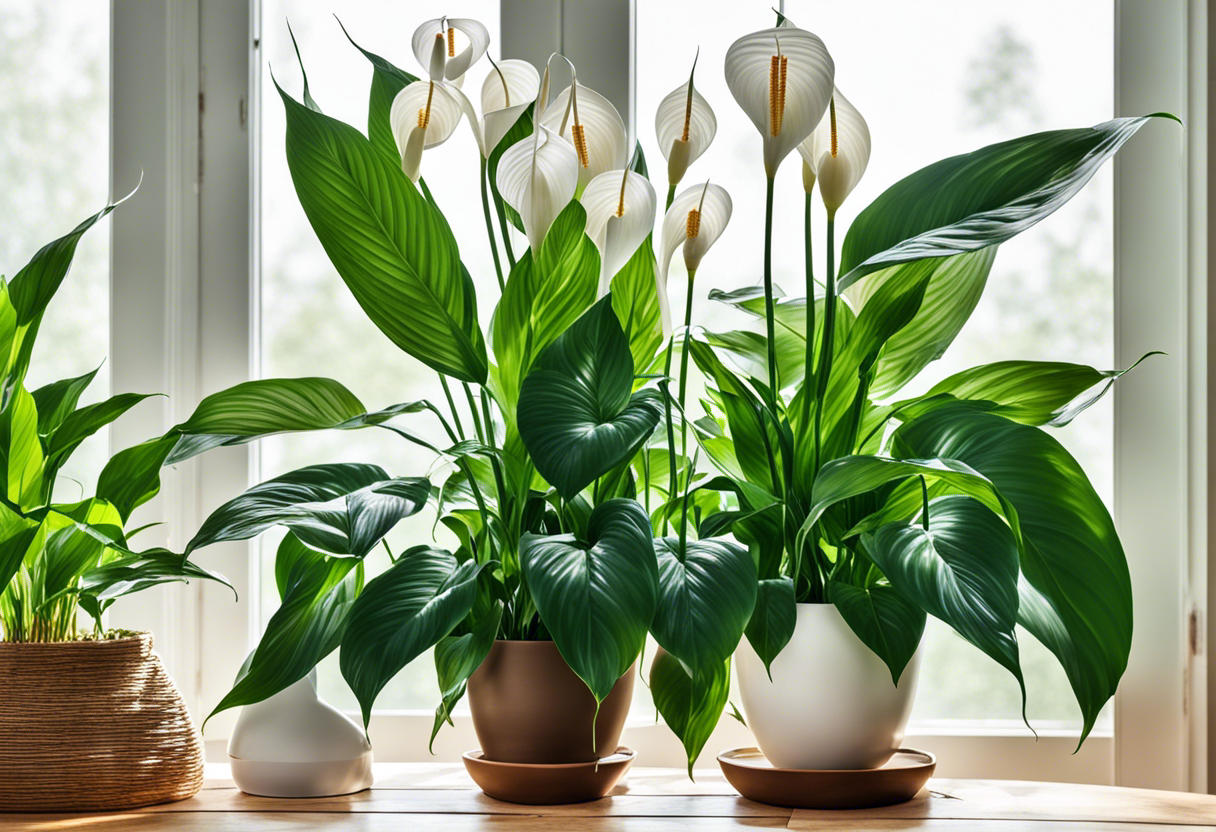Five Astounding Peace Lily Secrets Every Plant Lover Should Know
The Peace lily, known scientifically as Spathiphyllum, has its roots in tropical Americas and Southeastern Asia. As a lush green plant adorned with uniquely designed white spathe flowers, it has learned to thrive in the shaded undergrowth of the rainforest. Its prevailing visual combination of striking white and lush green has seen it adopted universally as a symbol of peace, leading to the popular name, Peace Lily.
Imbued with a myriad cultural and spiritual connotations, the Peace Lily holds a meaningful position in societies around the world. It's commonly used in bereavements and funerals, as a gentle reminder of the resurrection and the eternal peace that awaits us beyond life. Caring for this plant necessitates understanding its symbolic importance and appreciates the respectful care that such a symbol deserves.
The Unique Peace Lily Blooming Cycle

A unique trait of the Peace Lily is its particular blooming cycle, which sets it apart from many other indoor plants. Unlike most plants that require extensive direct sunlight to flower, Peace Lilies primarily thrive in the shade, similar to their natural rainforest habitat.
They typically bloom in the early summer and continue to bloom sporadically throughout the year. Importantly, while they can survive in low light conditions, they will bloom more regularly with more light exposure, provided it's not direct sunlight. Understanding this blooming rhythm can help plant lovers support their Peace Lily to thrive at its best.